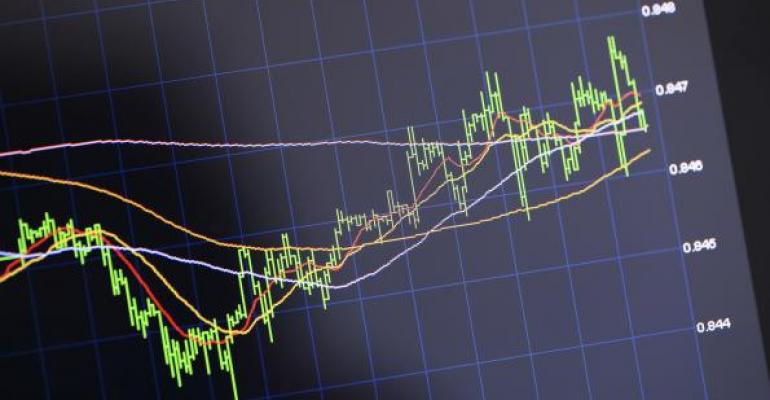Anybody who watches CNBC or Bloomberg TV probably knows about VIX, the CBOE S&P 500 Volatility Index. Commonly referred to as the “fear index,” VIX measures the market’s expectation of S&P 500 variability over a 30-day horizon. Generally, VIX moves opposite to the S&P – rising as the benchmark falls and declining when the stock index rises.
VIX, derived from real-time prices of S&P 500 options, reflects the implied volatility assumption built into option premia. VIX typically ranges between 10 percent and 30 percent, though there have been spikes into the 50-to-70 percent area at times. Generally, fear is reflected whenever VIX rises precipitously above 13 percent. In the past year, VIX has ranged between 10 and 25 percent.
VIX tells us the likely volatility that may be realized in the upcoming month. “Likely,” in this sense, means variation within one standard deviation of the mean. VIX doesn’t account for the probability of so-called Black Swan events – excursions greater than two or three standard deviations below the mean.
Enter the CBOE SKEW index. Similar to VIX, SKEW is calculated from the prices of S&P 500 options but describes the index’s “tail risk.” Ordinarily, SKEW ranges between 100 and 150, with 100 representing negligible risk of outlier returns. As SKEW rises, the left tail of the S&P 500 distribution becomes heftier, i.e., its tail risk increases and the probability of a large magnitude event heightens.

Since Inauguration Day, both SKEW and VIX have been trending higher. VIX spiked to the 16 percent level as sabers rattled on the Korean peninsula last week, but hasn’t yet been matched by a SKEW uptick.
The takeaway? While investors feel risk is mounting, they don’t yet think it’s outsized risk.
Keep in mind that VIX and SKEW are sentiment metrics; they reflect expectations which may or may not be realized, but expectations drive prices. In the case of the options from which these two indices are derived, when risk perceptions rise, so too do option premia. That’s because options are insurance contracts, of sorts, for the stocks in the S&P index. The cost of any insurance increases as the risk of claims intensifies.
Before too long, we’ll see if that cost has been justified.
Brad Zigler is REP./WealthManagement's Alternative Investments Editor. Previously, he was the head of Marketing, Research and Education for the Pacific Exchange's (now NYSE Arca) option market and the iShares complex of exchange traded funds.

